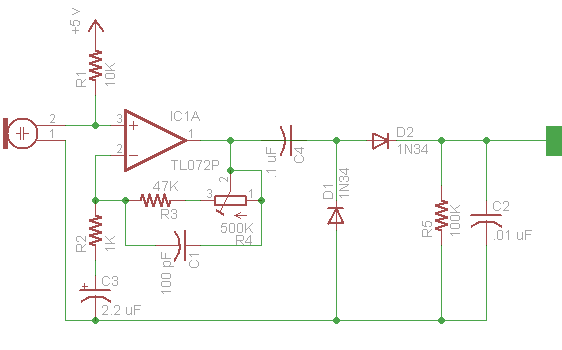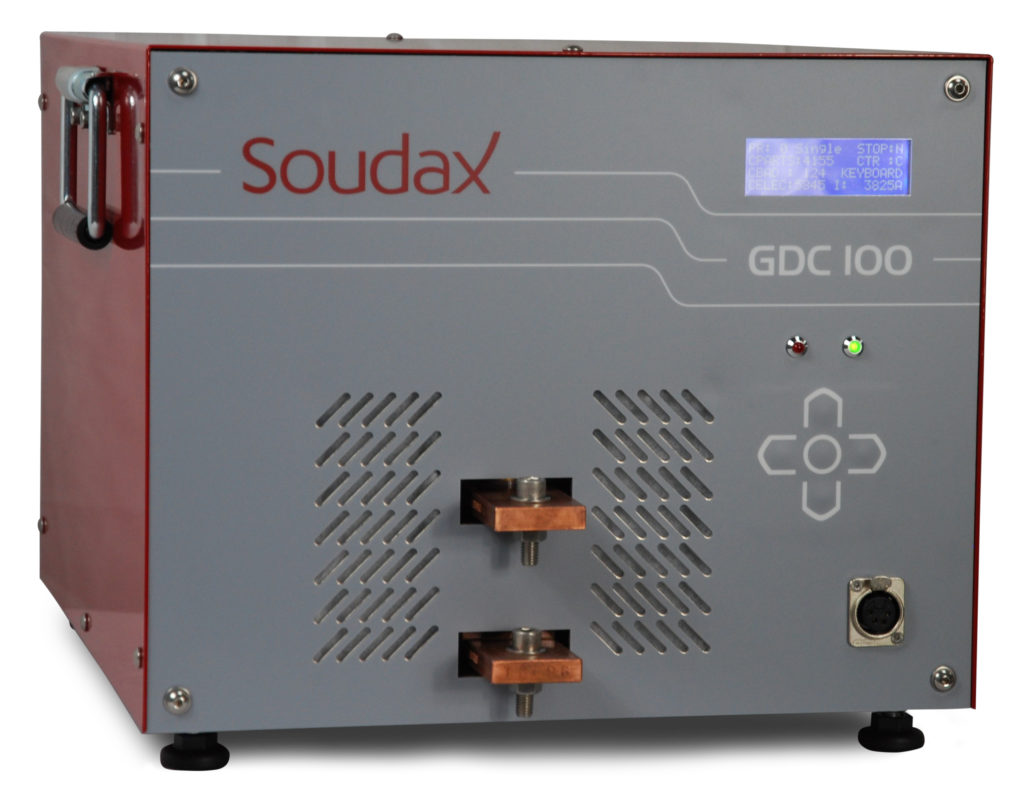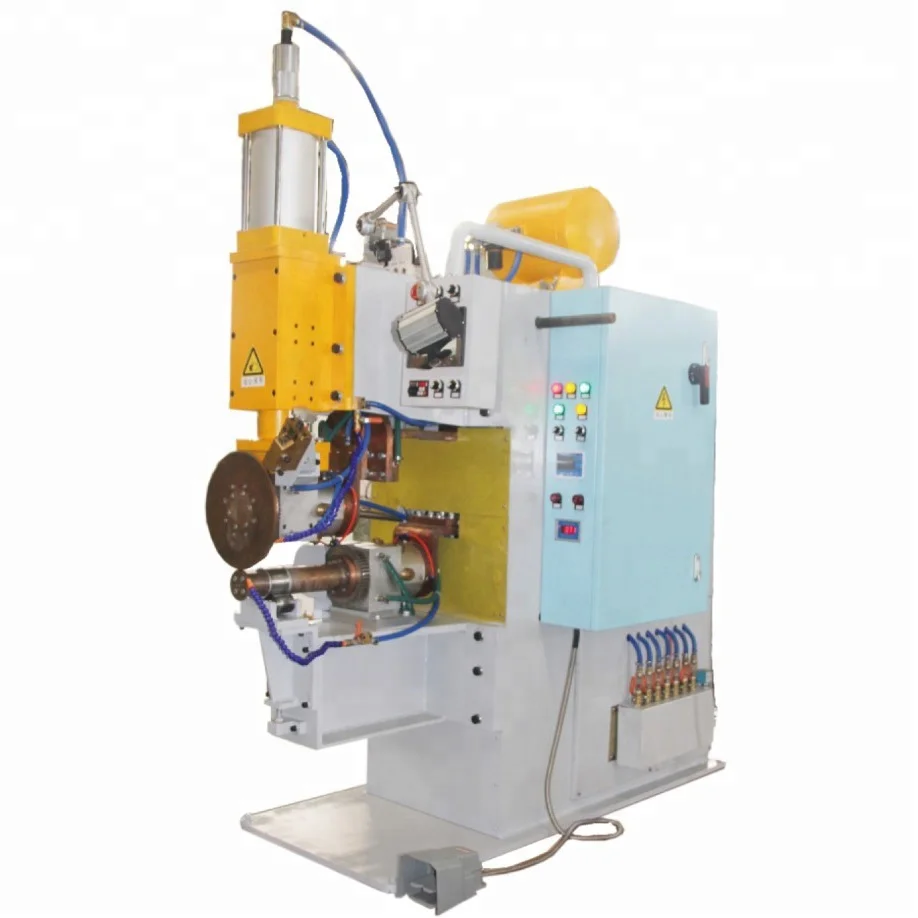
Section 4 provides the design procedure, which leads to the implementation of the proposed charger. The features of the high-voltage gains and the operation of the charger are presented in Section 3. In this paper, Section 2 introduces the first-harmonic approximation (FHA) analysis of the proposed converter. Once the number of batteries is increased such as an electrical vehicle system of 320–420 V output voltage, the design can satisfy the requirement. In, the research show design examples with wide-output range voltage. It is observed that the resonant capacitor affects the LLC resonant converter performance when its load is a battery. In general, the LLC resonant converters mainly focus on the ratio of resonant inductance to transformer magnetic inductance. In, the effect of the resonant capacitor has been discussed. Furthermore, in, the design methodology considers the worst case, which includes the extreme input and output conditions, and ensures the soft switching in the charge process. For the operation of CMP, the resonant tank can be optimised by the proposed design considerations. Using the charging profile characteristics, the battery charger can work with constant maximum power (CMP). Many studies have focused on the battery charger by using optimal design procedures. In, burst control may cause current noise when charging the battery, which reduces the battery life cycle. In, the efficiency is increased by choosing a high value of transformer magnetic inductance, but at the loss of high-voltage gains. It is hard to satisfy all requirements with wide-output voltage range. However, not all of these methods are suitable for EVs battery charger system. Therefore, in the past years, many researchers proposed new control methods such as PWM/pulse-frequency modulation (PFM) control, burst control and phase shedding control to solve the low-efficiency problem of the LLC resonant converter at light load. With the switching frequencies far away from the resonant frequency, the LLC resonant converter may result in conduction losses and switching losses. However, the switching frequency affects the impedance of the resonant tank. In general, the switching frequency of an LLC resonant converter operated at light load conditions is much higher than its resonant frequency, thus the output voltage is regulated. In addition, at the beginning and at the end of charging, the charger output power is relatively small therefore, the battery charger efficiency at light load is critical for battery applications. According to the number of batteries and the battery characteristics, the battery has to provide a voltage of wide range. Furthermore, in the CC stage, the battery charger is required to have a wide-output voltage range to cover the whole charging profile. For the charger with different number of batteries, the system requirement varies. For instance, the output voltage is independent of the battery voltage. Therefore, there are difficulties for the design of an efficient battery charger. However, in some traditional power supply applications, which are different from the battery charger, the output voltage is constant and the load is passive. In the constant voltage (CV) stage, the battery is charged with a CV in the meantime, the charge current decreases gradually. In the constant current (CC) stage, the battery is charged with a high CC, while the battery voltage increases non-linearly. Ĭonsidering the charging process for a battery, a standard charging strategy shown in Fig. An LLC resonant converter has the advantage of (i) the main switches operate with zero-voltage switching (ZVS) over wide load ranges, (ii) the output rectifier diodes can achieve zero-current switching (ZCS), (iii) the output filter is formed by only a capacitor instead of the conventional inductor and capacitor and (iv) high efficiency and low EMI. Among various DC/DC converters, LLC resonant converter has gained popularity.


Traditional pulse-width modulation (PWM) converters suffer from high-switching losses and greater EMI. At the end stage, the DC/DC converter transforms the voltage to charge the battery. Generally, the front stage AC/DC converter adopts a boost topology for power factor correction (PFC) which supplies an output DC link 400 V. A typical EVs battery charger consisted of an electromagnetic interference (EMI) filter, an AC/DC converter and a DC/DC converter as shown in Fig.

Thereby the EVs battery chargers are critical for the applications of high-power density and high efficiency. Recently, battery technology has been improving in the applications of electric vehicles (EVs). IET Generation, Transmission & Distribution.IET Electrical Systems in Transportation.IET Cyber-Physical Systems: Theory & Applications.



 0 kommentar(er)
0 kommentar(er)
